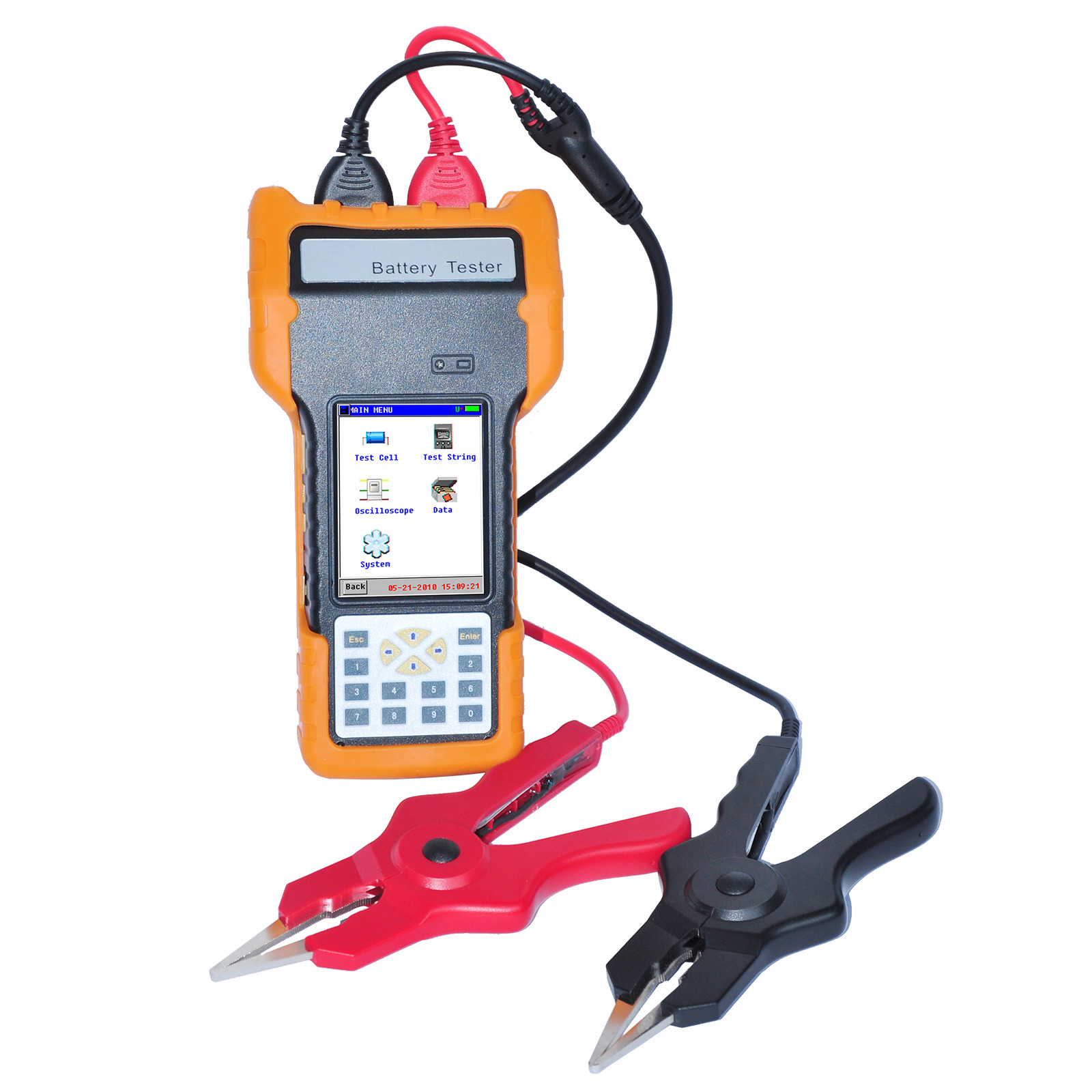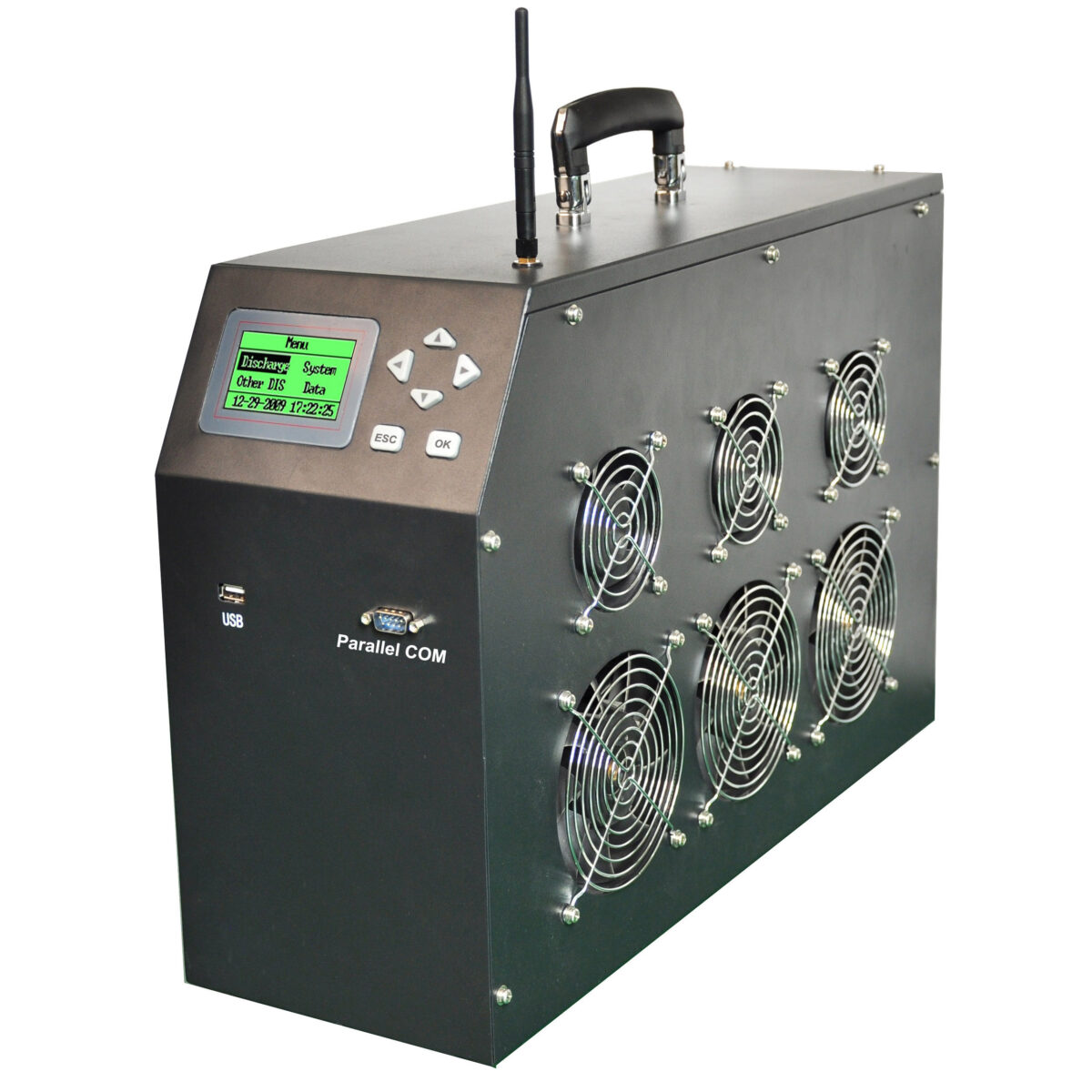National High-Tech Manufacturer
Trusted & reliable own-patented product
Trusted handyman services
Established at 2001, dedicated to design, develop and manufacture battery tests and measurement equipments for two decades, PITE is still a pioneer today
Get in touch today
Receive your free quote

“Outstanding Product”
We have been using PITE’s equipments for years, not only it can test and measure precisely, but also it’s very easy to operate and view the analyze/report, thanks to their excellent product and support, our daily job becomes so much more easier now
Shona Jones





